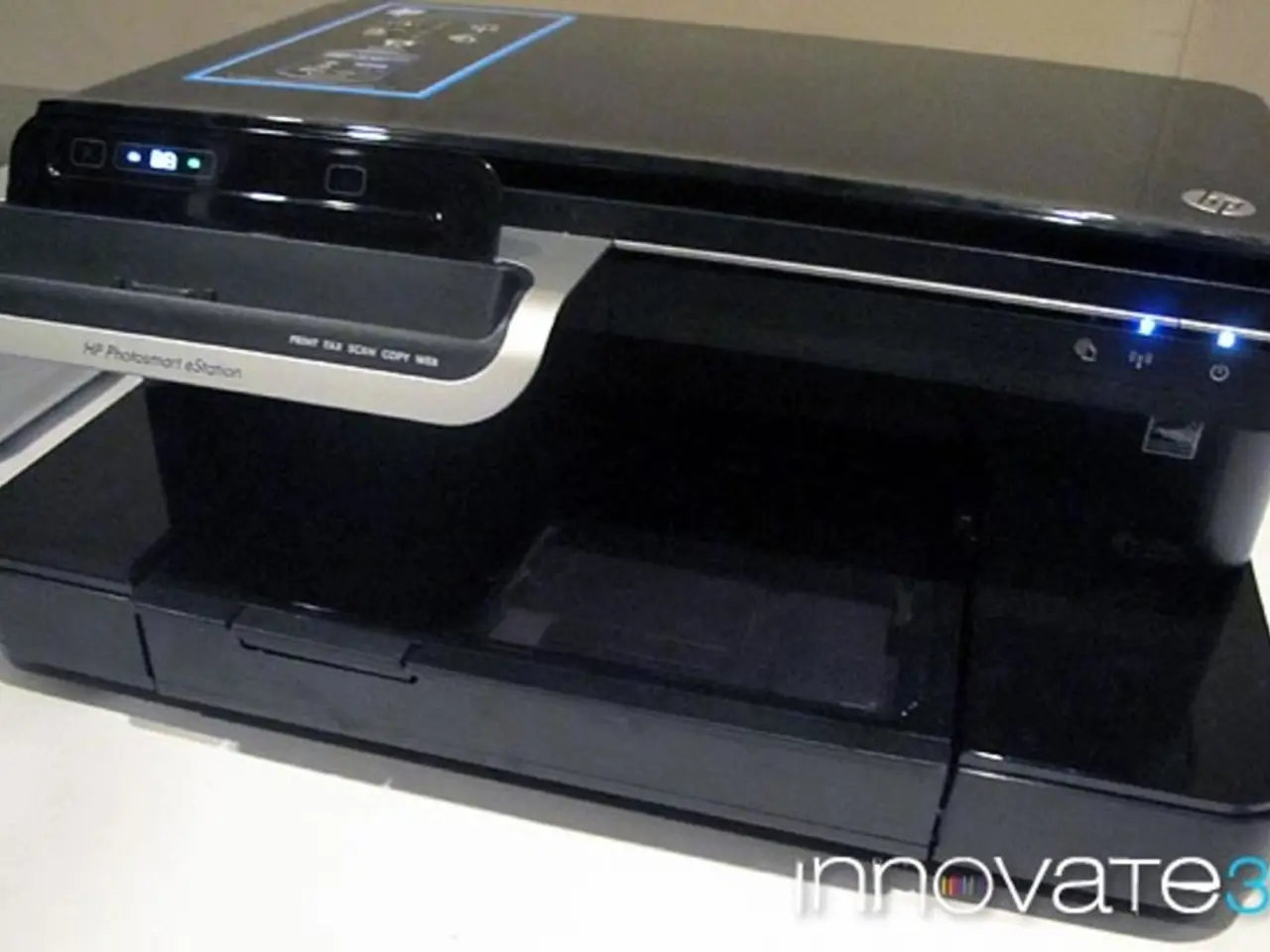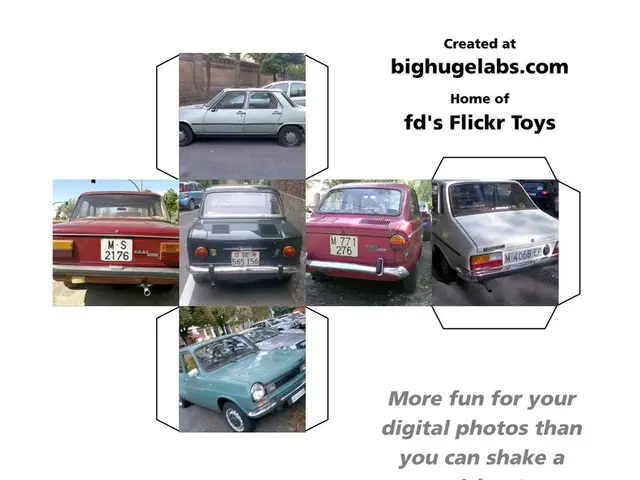On-demand manufacturing surge: Unprecedented impact of 3D printing on traditional production methods!
In the ever-evolving world of technology, one innovation is making waves in various industries: 3D printing. This groundbreaking technology, with its potential applications spanning from reducing production costs to promoting sustainable practices, is poised to significantly impact multiple sectors in the coming years.
The advantages of 3D printing within a supply chain are numerous. For instance, it allows for tremendous cost savings due to reduced overhead costs and the ability to produce exactly what's needed, a factor that is particularly appealing to businesses striving for efficiency. This precision and cost-effectiveness can be seen in industries such as consumer products, where 3D printing has already taken off in sectors like eyeglasses frames made out of plastic filament.
Moreover, the speed of 3D printing production is unparalleled, as reported by CNBC. This rapid production rate, combined with the flexibility 3D printing offers, makes it easier for companies to quickly pivot their supply chain strategies if needed or experiment with different designs without significant financial investment.
Another significant advantage is the ability to localize production more easily with 3D printing, reducing the need for shipping parts from all over the world. This localization not only decreases turnaround times but also reduces carbon emissions associated with transportation costs.
3D printing also offers solutions to challenges faced by the plastic manufacturing industry, particularly in maintaining efficient and resilient supply chains. The technology allows for the production of complex parts with less time and resources compared to traditional methods like injection molding or machining.
The popularity of 3D printing is high, not just in the tech circles, but also in industries such as real estate. 3D architectural visualization in real estate can transform marketing by allowing buyers to study properties in detail before purchase.
Companies like Atlas Copco and i3D MFG have successfully implemented 3D printing in their supply chains, achieving cost reductions of about 30% and significantly shorter lead times. Industries benefiting most from 3D printing adoption include automotive, aerospace and defense, and healthcare due to needs for lightweight, complex parts, rapid prototyping, and personalized medical solutions.
One of the main advantages of 3D printing is its ability to cut down on environmental costs associated with traditional production methods like injection molding or machining. 3D printing and on-demand printing contribute to sustainability benefits by reducing waste caused by unused materials and cutting down on carbon emissions related to transportation costs.
Furthermore, 3D printing has potential applications within environmentally friendly initiatives, such as reusing plastics. As consumers increasingly value convenience and customization when making buying decisions, the demand for other products made with FDM printers is expected to rise.
With its impressive list of advantages including flexibility, cost savings, and sustainability benefits, it is a good time for companies to start introducing additive manufacturing into their business models. The future of supply chains looks set to be revolutionized by 3D printing.
Read also:
- Authorities are currently probing the factors behind the lethal Pennsylvania steel factory blast that claimed the lives of 2 individuals.
- Economic growth is witnessed in four key sectors
- A single individual's potential dominance over Kenya's cement industry market
- Factory blast in Pennsylvania, U.S. leaves two deceased and ten wounded








